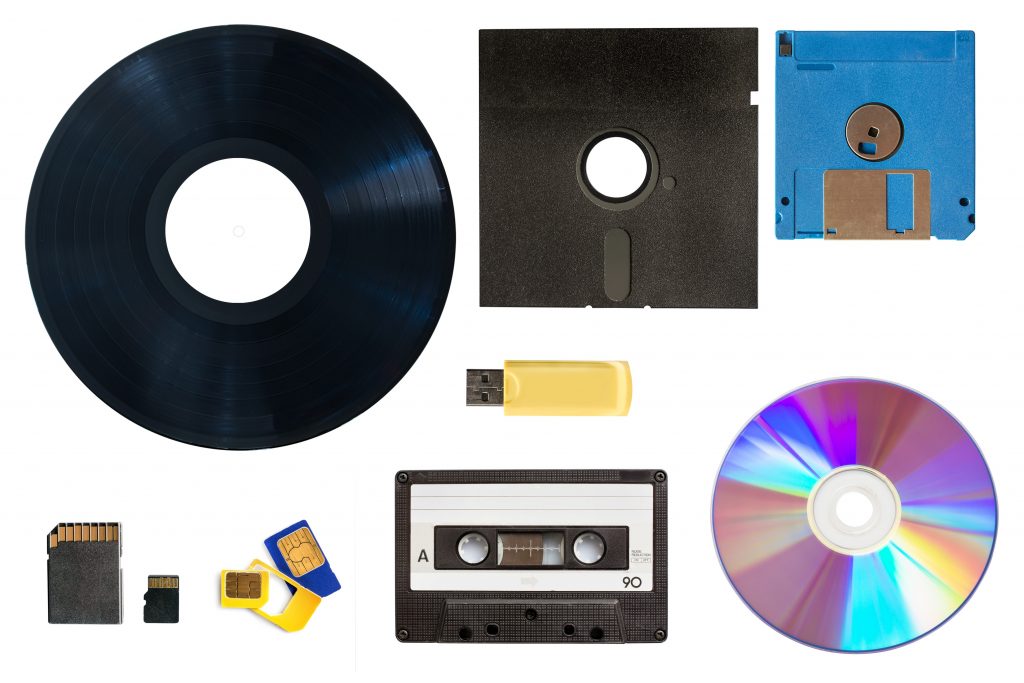Not only does 5G wireless service offer dramatically faster speeds, but it also eliminates latency: the delays that sometimes occur in transmission. What does this mean in layman’s terms? Video calls will no longer suffer from interruptions in the form of stutters, stops, and starts. It also enables new applications that cannot tolerate any delay, such as autonomic “driverless” vehicles. It will deliver the same experience remotely that users could only have on their wired network in the office. This will completely redefine how everyone interacts with suppliers, associates, and most importantly, customers. Get a jump on this opportunity by planning your software systems strategy for the 5G future.
Virtually any product made remains completely useless until it is delivered to a customer. Food, manufactured goods, software – none are of value until they are delivered and put to use.

The Evolution of Software Delivery
There was a time when the only way to deliver software to a customer was to record it onto a disk and send that disk to the customer. That usually meant duplicating the disk, packaging it in a shrink-wrapped box, and sending it via a shipping carrier. This could take days, weeks, even months.
Once dial-up modems became more widespread, software could be delivered digitally. Since the files were usually enormous and the modem speed slow this could take many hours, even days.
Then the internet redefined transfer speed, prompting the introduction of streaming and sharing software much more efficiently.
These days, most users can hardly imagine obtaining disks containing software for them to load. They’ve become accustomed to streaming apps from online app stores and websites.

Software-as-a-Service (SaaS)
Anyone who shops online benefits from the power of SaaS. No software to load, stream, or otherwise obtain. The application simply runs. It’s easily accessible via a browser, even if that browser is running on a mobile device connected wirelessly to the internet via 4G LTE carrier services.
Every mobile user has experienced latency. The flow of information slows or stops momentarily. Then it’s back to normal. What causes the slow? Data from one source collided with data traveling from another source. After the collision, they both stop and try again.
Data collision is only one of the challenges with 4G LTE latency. Others include limitations on the distance to the nearest access antenna (resulting in “dead zones”), limitations on the number of users who can be connected to a given wireless “cell”, and more.

LTE? Not So Much! Here Comes 5G
It is perhaps ironic that the “LTE” following 4G stands for “Long Term Evolution”. Despite its introduction just over a decade ago in December 2010, 4G LTE is already on its way to being replaced by 5G, the fifth generation of wireless networking. For perspective, consider that the first generation, 1G, launched in 1983. On average we’re just about on track for the new arrival.
Varying reports claim 5G to be anywhere from 10 times to 100 times (or more) faster than 4G LTE. Even the most conservative estimates are impressive. They put 5G wireless broadband into contention with today’s wi-fi.
Increased speed is only a small feature of the change. 5G is not simply an improved version of 4G. It’s based on completely new technologies capable of much higher transfer speed
Depending on which of the major carriers you use, 5G will take advantage of higher frequencies in the radio spectrum, meaning more devices can be connected without any reduction in performance.
Latency on 4G networks averages approximately 50 milliseconds of delay. 5G reduces that to an almost imperceptible 1 millisecond.

An Example in the Extreme
Obviously, 5G holds great promise for anyone who uses software in their work. Those who have been considering increasing their investments in more tailored software now have another great reason to further those considerations. 5G will deliver that software to where it will do the most good. Think about all the freezes you see when video calling with customers. Those will be gone.
Perhaps the best example of what happens when speeds are increased this much with absolutely no latency whatsoever is a very extreme one.
Self-driving, autonomic cars, remain in their infancy. 5G will kick that development curve into overdrive, pun intended. How important is this?
Imagine yourself sitting in a self-driving car approaching an intersection. In a moment, the car will be making a left turn. As you and it reach the intersection, the vehicle should be checking for oncoming traffic on the other side of the road, just as you would. It has all the scanners and cameras necessary to do so.
But as you roll into the intersection the car loses its mobile connection to the internet. Because 5G has no delay, no interruption in signal, that can’t happen. You remain connected to the internet and your car waits for oncoming traffic to pass before turning.

What’s in it for You?
Even if an autonomic automobile is not in your immediate future, 5G brings another round of dramatic improvements to the delivery of your software. Faster, more efficient, error-free, and delay-free. How can that be translated into a business advantage for you?
That’s a great question to ask your software developer. Give a call or drop an email to your development team at Saritasa, and ask how you can best put 5G to work for you and your company.
Recommended for You
Check out related insights from the team
Get empowered, subscribe today
Receive industry insights, tips, and advice from Saritasa.